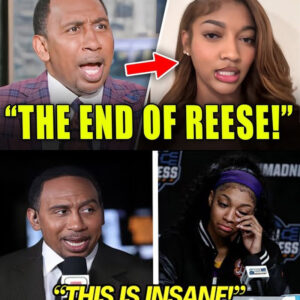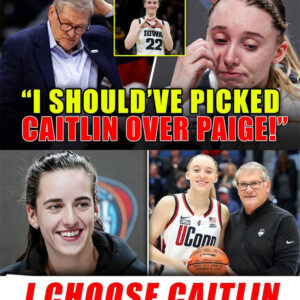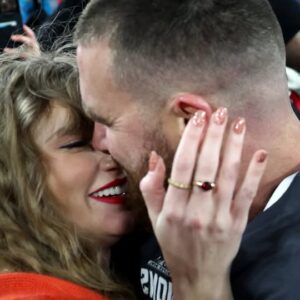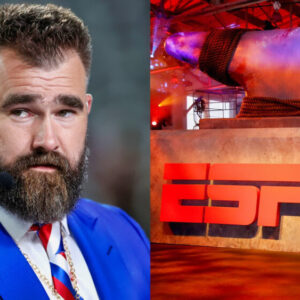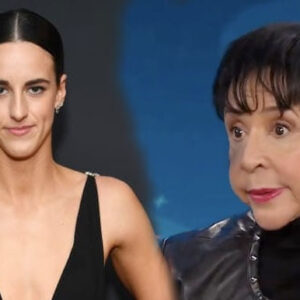P Diddy, a powerhouse in the music industry, is renowned for his lavish parties, particularly the iconic white parties that captivated the elite and celebrity culture from the late 1990s until 2009. These exclusive events, organized primarily by Diddy and his associates, became synonymous with luxury and high-profile networking, but recent allegations have cast a shadow over their legacy.
Diddy’s white parties were famed for their strict dress code—guests were required to wear all white, creating a visually stunning and cohesive atmosphere. The events were held in prestigious locations such as the Hamptons and Beverly Hills, attracting a dazzling array of celebrities, including Jay-Z, Beyoncé, and Paris Hilton. These gatherings not only served as celebrations but also as platforms for charitable causes, blending entertainment with philanthropy.
The parties were marked by extravagant displays, including elaborate decorations and performances. Notable incidents, like dancers gyrating in giant plastic balloons and models adorned with angel wings, made headlines, adding to the mystique surrounding Diddy’s soirées. However, as the years passed, the glamor of these events began to intertwine with darker narratives.
Recently, Diddy has faced serious accusations, including sexual assault and trafficking. The revelations have prompted a reevaluation of the once-glamorous image of his parties. A former exotic dancer, Adria English, alleged that she was exploited during the white parties, claiming Diddy used her as a “sexual pawn” and subjected her to coercive situations.
These troubling claims have been compounded by testimonies from other attendees who reported witnessing uncomfortable and inappropriate behavior at the parties. Such allegations have led to an intense scrutiny of the environments that Diddy cultivated, with many recalling how the party atmosphere could devolve after the initial guests departed.
The Emergence of the “Freak Off” Parties
In the shadows of the white parties were the so-called “Freak Off” gatherings—secretive, drug-fueled events that reportedly took place post-party. Prosecutors have described these as elaborate, x-rated performances involving adult workers, orchestrated by Diddy for his own gratification. These events allegedly featured high levels of intoxication, drug use, and significant disregard for consent.
Law enforcement investigations have revealed disturbing details about the scale and nature of these parties, including the alleged use of illegal substances and the filming of participants without their knowledge. Diddy’s associates have been implicated in facilitating these gatherings, raising questions about the systemic nature of the alleged misconduct.
Diddy now faces a series of serious legal challenges. With charges including trafficking and assault, he could potentially face 15 years to life in prison if convicted. His defense has maintained that all interactions at these parties were consensual, but the mounting evidence and testimonies suggest a more complex narrative.
As authorities continue to investigate, the impact of these allegations extends beyond Diddy himself, forcing a broader conversation about accountability in the entertainment industry. The once-celebrated white parties are now emblematic of a troubling legacy, highlighting the stark contrast between glamour and exploitation.
The rise and fall of P Diddy’s parties illustrate the duality of fame—where celebration and darkness often coexist. As the legal proceedings unfold, the glamorous facade of these events has been shattered, leaving a lasting imprint on the public’s perception of celebrity culture and its responsibilities. The future of Diddy’s legacy remains uncertain, marked by a narrative that challenges the very essence of the high-profile lifestyle he once epitomized.
Relative Articles
None found
